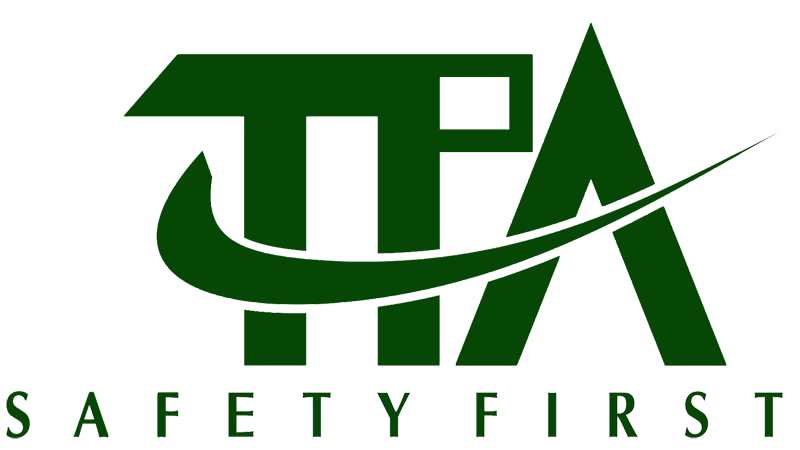Content

As suggested by the concept of risk, there are important limitations to opportunity cost figures. Truly, there will never be an instance where you can predict the outcome of an investment with 100% accuracy. In simpler terms, an opportunity cost is essentially the cost of the option you don’t choose. Therefore, opportunity cost represents the cost of inevitably choosing one option over the other, whereby the measurement becomes the metric you can use to make a decision. Explicit costs are the out-of-pocket expenses required to run the business.
“Opportunity costs means “What else could I have done with my money? ” says Adem Selita, chief executive officer at The Debt Relief Company in New York, N.Y. However, buying one cheeseburger every day for the next 25 years could lead to several missed opportunities. Aside from the missed opportunity for better health, spending that $4.50 on a burger could add up to just over $52,000 in that time frame, assuming a very achievable 5% RoR.
How to Commit to Your Passion Projects When You’re Busy
Based on the following data, choose which one to operate and the opportunity costs. Keep in mind that the calculations and analyses we have performed throughout the lesson are based on predictions and assumptions that may not hold true in the real world. For example, Lilith’s factory upgrade may not yield as high of a return as she projects, and we all know that the stock market can go up or down in any given year.
- This will give you a better idea of what you’re gaining and losing.
- For instance, by choosing to buy a particular brand, you lose the opportunity to buy and try all other substitutes.
- For this reason, opportunity cost is very important when it comes to business decisions.
- Nationally, home values are expected to flatten this year, but in some markets, like San Francisco, Sacramento and Austin, January year-over-year home values dropped.
- Depending on your current finances and investment situation, you might not be able to lose a lot.
- For instance, Stock A ended up selling for $12 instead of $8 a share.
Not being able to purchase a smoothie was your short-term opportunity cost. Now, not being able to go out for drinks is your long-term opportunity cost. After all, when you’re comparing the long-term cost of two things you haven’t purchased yet, you’re bound to see a variation in your results. Over time you https://www.bookstime.com/articles/accounting-for-research-and-development might find that your initial calculation was inaccurate, especially when working with something volatile like the stock market. However, it’s important to note that opportunity cost can aid in deciding between two risk profiles. Keep in mind that opportunity cost can be a positive or negative number.
How Does Opportunity Cost Work?
The result won’t always be a concrete number or percentage, but it can offer important insights into the trade-offs you’ll face every day. Whether it’s an investment that didn’t go to plan or marketing software that didn’t improve lead quality, no one likes to see money disappear. Next, let’s look at the opportunity cost formula to see how entrepreneurs analyze each trade-off.
As you have seen, every action you’ll take has an opportunity cost. You should always compare every economic opportunity and choose the option with minimal costs. However, when making personal decisions, things might not be straightforward. In other words, she’ll give up a 2% return if she opts to invest in the stock market instead of financing an upgrade through debt.
Implicit costs
The list could include property tax, homeowners insurance, maintenance and repairs and homeowner association fees. But making that larger down payment might also mean you’ll have to spend more time saving up. Household expenses, student loan payments, credit card debt or living on one income could result in a longer timeline when it comes to saving for a home down payment. In Los Angeles, for instance, the typical mortgage payment for the typically priced home with 20% down hit $4,512 in December 2022, while the typical rent payment was $2,917.
- The market feels pretty crazy right now, so focusing on home equity might seem unrealistic or useless.
- The concept is very much used for measuring the prices or the value of different communities used in a manufacturing concern.
- A simple way to calculate opportunity cost is to find the ratio of what you are giving up to what you are gaining.
- Real estate investors are some of the main people that use opportunity cost.
So, you will need to determine if the risk is worth the higher returns to you or not. Opportunity cost compares the actual performance of the investment with the actual performance of another investment. In this way, you are able whether you made the right choice or not. When you opportunity cost are looking at risk, you are determining the actual performance of the investment against the projected performance. However, it shows you how money can be easily spent on something that can take away from other opportunities, whether they have to do with investing or not.
In most cases, it’s more accurate to assess opportunity cost in hindsight than it is to predict it. One of these valuable tools is comparing one economical choice to the next, otherwise known as opportunity cost. When investors aren’t sure whether they want to stick with one option or pursue the next best option, opportunity cost can be used to calculate the impact of choosing one investment over another. Stash does not represent in any manner that the circumstances described herein will result in any particular outcome. While the data and analysis Stash uses from third party sources is believed to be reliable, Stash does not guarantee the accuracy of such information. Nothing in this article should be considered as a solicitation or offer, or recommendation, to buy or sell any particular security or investment product or to engage in any investment strategy.
It allows you to see the performance of certain investments and determine which choice might be less risky when it comes to returns. If you’re considering opportunity cost or calculating opportunity cost, you can ignore sunk cost. If there is a reason you spent the money that has to do with the outcomes of the investments you are looking at, you will need to consider it when looking at opportunity cost.
While opportunity cost is mostly used by investors, you can use opportunity cost in many areas of life, including work, school, and your personal life. With opportunity cost, you can decide which decision makes more sense economically. Sunk cost refers to money that has already been spent and can’t be recovered. Opportunity cost, on the other hand, refers to money that could be earned (or lost) by choosing a certain option. NorthOne is proudly made for small businesses, startups, and freelancers. We believe that better banking products can make the whole financial system more inclusive.


